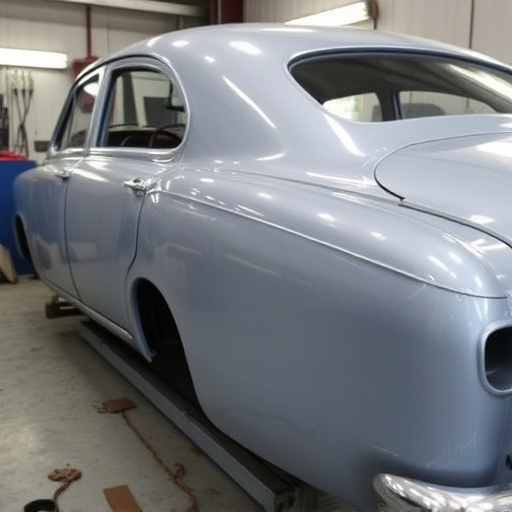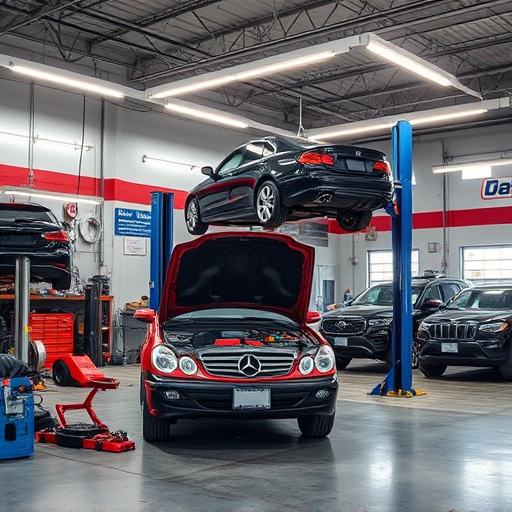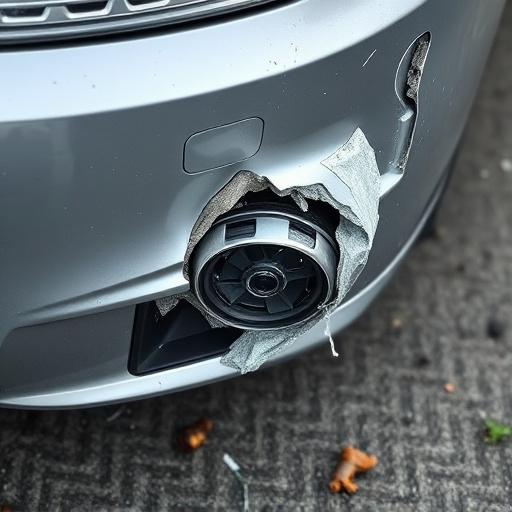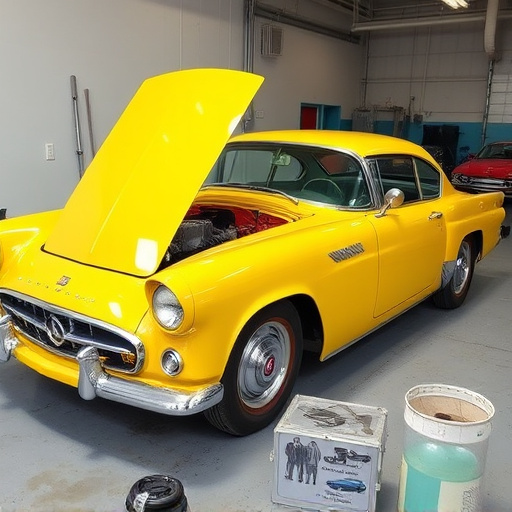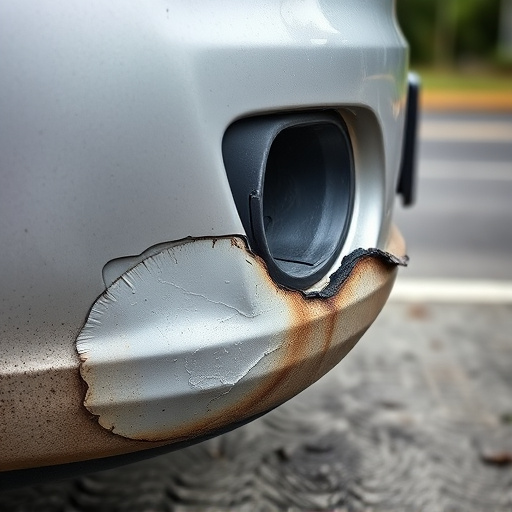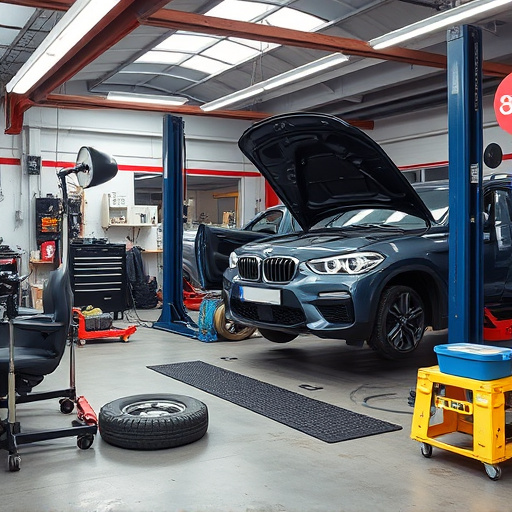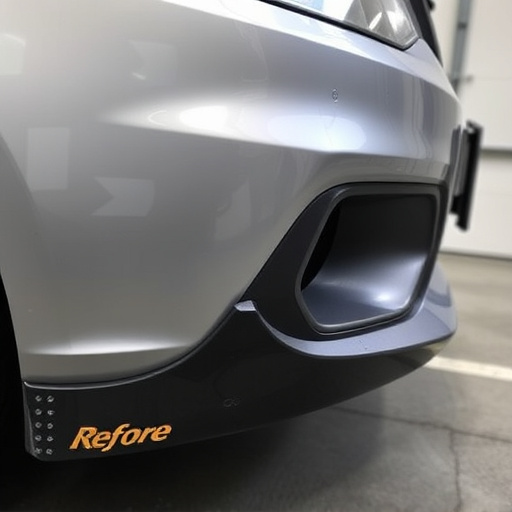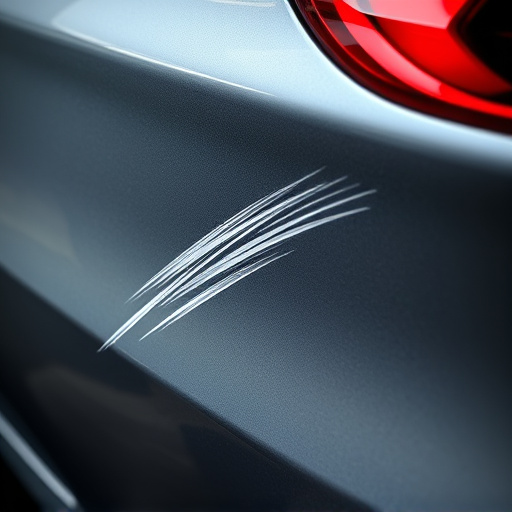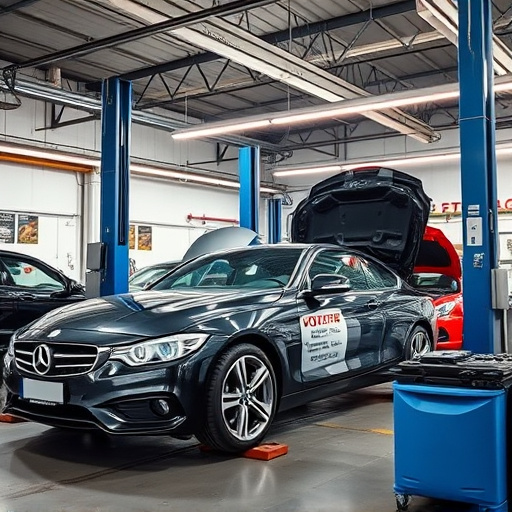OEM-certified replacement parts ensure vehicle safety and performance through rigorous testing against original equipment standards. Priced higher due to advanced manufacturing, quality control, and availability factors, they offer peace of mind for car owners. Cost variations depend on vehicle brand, part complexity, market dynamics, and supply-demand balance.
Uncovering the pricing mysteries of OEM-certified replacement parts is essential for consumers and businesses alike. This article navigates the landscape, exploring the impact of OEM certification on part costs and the strategies behind them. We’ll dissect how these parts are priced, considering manufacturing processes, market dynamics, and quality standards. By understanding these factors, you’ll gain valuable insights into making informed decisions when purchasing OEM-certified replacement parts.
- Understanding OEM Certification and Its Impact
- Decoding Pricing Strategies for Replacement Parts
- Factors Influencing OEM-Certified Part Costs
Understanding OEM Certification and Its Impact
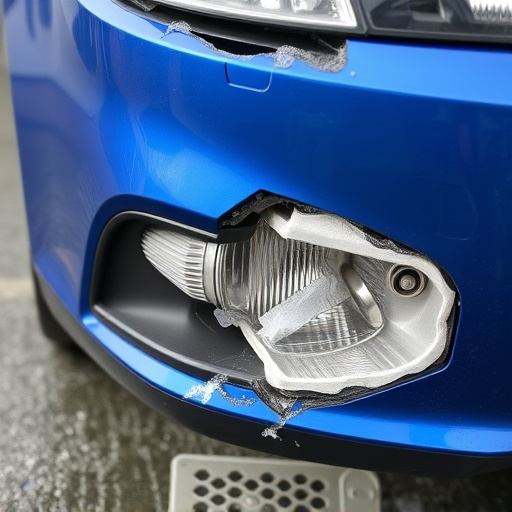
OEM certification for replacement parts is a crucial stamp of approval that guarantees their quality and compatibility with specific vehicle models. This certification ensures that the parts meet the original equipment manufacturer’s standards, providing peace of mind for both consumers and automotive repair services. When it comes to car body restoration or general auto maintenance, using OEM-certified replacement parts can significantly impact the overall performance and longevity of a vehicle.
For instance, these certified parts undergo rigorous testing and quality control measures, ensuring they function as effectively as the original components. This is particularly important during complex automotive repair processes, where precise fitting and reliable performance are non-negotiable. By utilizing OEM-certified replacement parts, car owners can rest assured that their vehicles will continue to run smoothly, maintaining optimal safety and efficiency standards, without any unexpected issues arising from subpar components.
Decoding Pricing Strategies for Replacement Parts
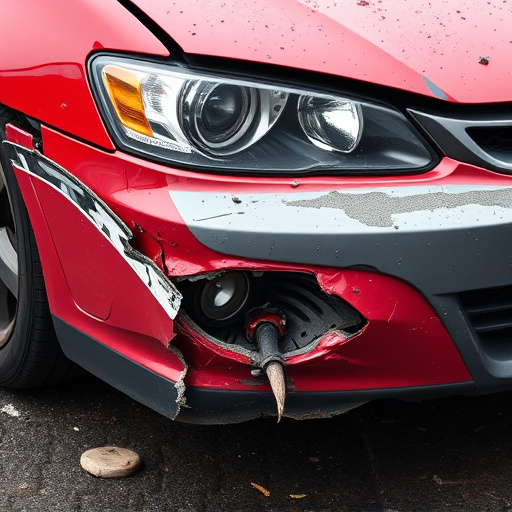
Understanding the pricing strategies behind OEM-certified replacement parts is crucial for anyone involved in vehicle repair, whether it’s for personal or fleet repair services. These parts, designed to match the exact specifications of original equipment manufacturers (OEMs), come with a premium price tag due to their high-quality standards and brand assurance. However, decoding this pricing structure can help businesses and consumers alike make informed decisions.
One key factor influencing OEM-certified replacement parts’ cost is the level of sophistication involved in their manufacturing process. These parts often incorporate advanced technologies, precision engineering, and specialized materials to ensure compatibility and performance matching the original equipment. Moreover, strict quality control measures and testing procedures contribute to higher pricing, as they guarantee reliability and safety in vehicle repair, especially for complex systems like engines or electronic modules. Services like paintless dent repair can also impact overall costs, offering an alternative solution for cosmetic damage that might be more cost-effective than replacing entire parts.
Factors Influencing OEM-Certified Part Costs
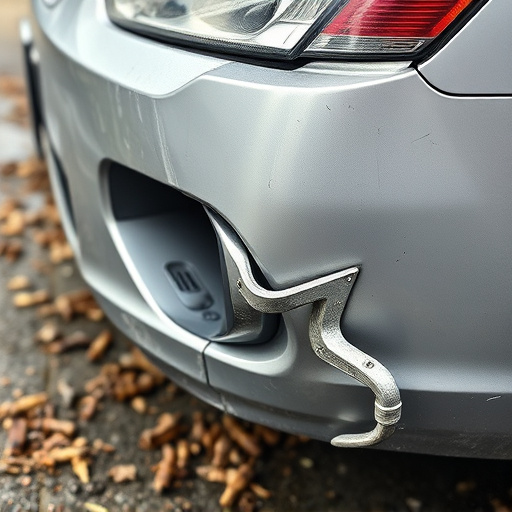
The cost of OEM-certified replacement parts can be influenced by several factors. One significant factor is the brand and model of the vehicle for which the part is intended. Parts for luxury or high-performance vehicles tend to carry a higher price tag due to advanced engineering, specialized materials, and stringent quality control measures. Additionally, the availability of a specific OEM-certified part can impact its cost; rare or hard-to-find parts may be more expensive due to limited supply and higher demand.
Another crucial aspect is the level of competition in the market for that particular part. If multiple suppliers offer similar OEM-certified replacement parts, prices are likely to be more competitive. Conversely, in cases where there’s less competition or a single dominant supplier, consumers might face higher pricing. Furthermore, the incorporation of advanced technologies and features in modern vehicles can also affect costs, as these innovations require specialized manufacturing processes and materials. This is especially true for parts related to electrical systems, active safety features, and advanced driver-assistance systems (ADAS), which are increasingly common in contemporary automotive repair services.
OEM-certified replacement parts pricing is a complex matter influenced by certification standards, manufacturing costs, market demand, and competition. By understanding these factors, consumers can make informed decisions when purchasing these parts, ensuring they receive genuine quality without overpaying. Decoding pricing strategies empowers folks to navigate the market effectively and maintain their vehicles’ performance.
